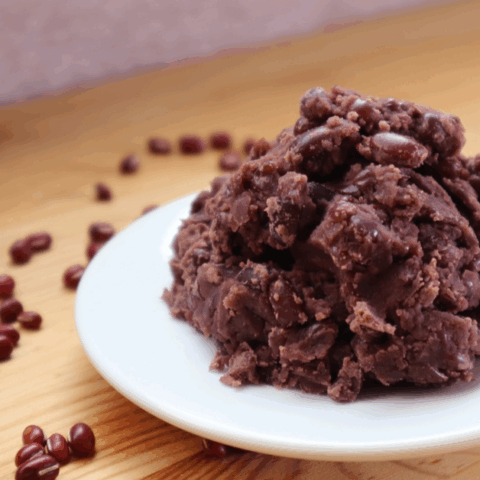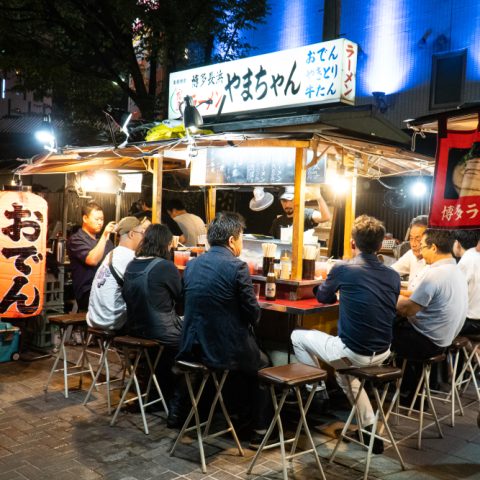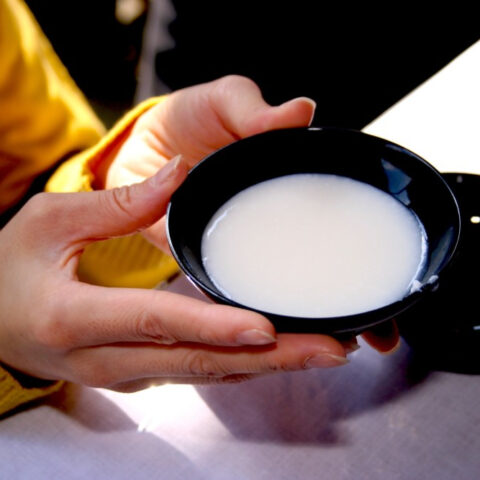
One of the best Japanese dishes you could ever try is grilled eel, either Unagi or Anago. It is at the same time an experience that makes you go through shock and confusion flashing across your body that ends well. Usually, in the western world, eel comes in forms like tin cans. But as unique as we know the Japanese culture is; it is prepared differently here.
So, are you ready to discover the origin, similarities, and more important differences between those two worlds of flavors?
Although it will be easy for you to make the difference in taste between Unagi and Anago by taste, it is still so difficult to make the difference just by looks.
First off, what does the name say?
To cut a long story short, Unago is a saltwater eel, while Unagi is a freshwater eel. When eaten, Anago refers to the white-spotted conger eel, which can be found widely spread across the Northwest Pacific near the coast of Japan. Unagi, on the other hand, is found in Japanese rivers, and due to environmental protection reasons, it is often raised in aquaculture ponds all over the country.

Credits: chefswonderland.com
Anago (Salted water conger eel)
Anago has a light brown color decorated with strips of small white dots. You can also see that it has a sharper tail fin than that of the freshwater eel. Even though you can eat Anago throughout the year, the best period is agreed to be during the summer season.

Credits: savorjapan.com
Unagi (Freshwater Japanese Eel)
Unlike Anago, Unagi is generally black with a white to yellowish inside. It also has a rounded tail.
Unagi is grilled with the tasty sweet soy sauce (that is, by the way, highly recommended) and is accompanied by a bowl of rice. Known as kabayaki (蒲焼), Japanese people believe that it helps increase stamina, and is frequently eaten during summer.
Fun fact: There is even a special day to eat kabayaki; the Mid-summer Day of the Ox (土用の丑の日). As we tend to lose our appetite in summer, Unagi is believed to stimulate the appetite, not only that but the main nutrients which are contained in it are vitamin A, vitamin B1, vitamin B2, vitamin D, vitamin E, DHA, EPA, calcium, and iron.
Customs indeed dictate eating Unagi during the hot Japanese summer, at the same time some recommend having it in winter as it tastes its best during that time of the year.

Credits: savorjapan.com
Now, let’s cut to the chase…
Differences in Taste
So, even if you get confused when looking at them, you will without any doubt differentiate when it comes to flavor.
Unagi is known for its rich flavor and greasy fish matching well with many sauces (i.e kabayaki). As it is already flavorous, it can also be enjoyed without the sweet soy sauce, or what is called Shiroyaki (a popular snack that goes well with sake).

Credits: japanesecooking101.com
Anago, on the other hand, has a milder, lighter taste and is considered a high-end or “sophisticated” dish. You can always have the classical deep-fried Anago found in your standard menu of Tempura restaurants.

Credits: sushi-pedia.com
Either Unagi or Anago, we could assure you that you would enjoy your experience with this traditional specialty of Japanese cuisine in its different forms: with a bowl of rice, with Sushi, with some crushed Japanese green peppercorn called Sansho, or with a bit of dried seaweed. Make sure to try it during your next trip to Japan!
Featured image credits: savorjapan.com
Join us on a delicious food experience in Tsukiji to see both anago and unagi!
PIN THIS FOR LATER




